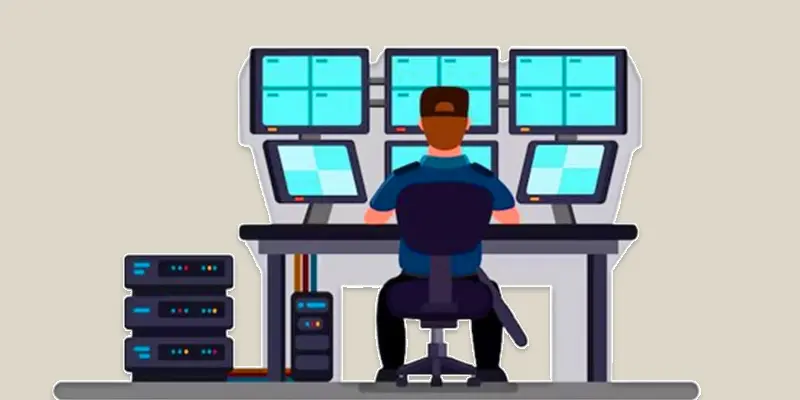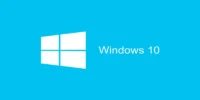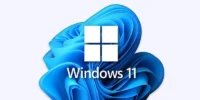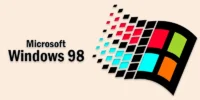Everything You Need to Know About Linux Device Drivers
Published: 2 Jun 2025
Device Driver Programming in Linux
Device drivers help the operating system talk to hardware like keyboards, printers, or USB devices. In Linux, you can write your drivers to control how your computer works with these devices. This is called device driver programming. It may sound tough, but with the right steps, even beginners can learn it. In this post, we’ll walk through the basics simply and easily.
Device Driver: What Is It?
A device driver is a little piece of software that enables communication between an operating system and a particular piece of hardware. It acts like a translator between the computer and the hardware, making sure they work together correctly.

Types of Device Drivers
Character Drivers
- Handle devices that send or receive data one character at a time.
- Example: Keyboard, mouse, or serial ports.
Block Drivers
- Manage devices that store data in blocks.
- Example: Hard drives, USB storage.
Network Drivers
- Allow the system to connect and talk over a network.
- Example: Wi-Fi cards, Ethernet adapters.
Why Write Device Drivers for Linux?
- Open-Source Flexibility: Linux is open-source, meaning developers can freely access and modify the kernel code. This gives you full control to create and test your own custom drivers.
- Widely Used in Devices: Linux runs on everything from smartphones to servers, making it a powerful platform for creating drivers that control hardware like printers, cameras, or network adapters.
- Thriving Developer Community: The Linux community is large and supportive. Whether you’re a beginner or an experienced programmer, you’ll find plenty of tutorials, forums, and resources to help you.
- Learn Low-Level Programming: Writing drivers for Linux lets you dive deep into the inner workings of the operating system and hardware interaction, improving your skills in low-level programming and system architecture.
- Career Opportunities: Many industries, including IoT, automotive, and embedded systems, use Linux, so having device driver experience is a valuable skill for your career.
How can I get free tools?
Linux Operating System (OS)
- How to get it: You can easily download a free Linux distribution like Ubuntu, Fedora, or Debian from their official websites. These distributions are open-source, meaning they are free to use and modify.
- Where to download: Go to the official websites of the Linux distributions, and you will find a free download option for the latest version.
Kernel Headers
- What it is: These headers contain the essential files that allow you to communicate with the Linux kernel when writing device drivers.
- How to get it: You can install kernel headers directly from your Linux distribution’s package manager (like apt for Ubuntu/Debian or dnf for Fedora). You just need to run a simple installation command in your terminal.
GNU Compiler Collection (GCC)
- What it is: GCC is a free compiler used to compile your C code into machine-readable code.
- How to get it: GCC is available through your Linux distribution’s package manager. It’s often pre-installed on most Linux systems, but if not, you can install it easily by typing a command in the terminal. It’s free and open-source, and you can find it in most package repositories.
Text Editors or IDEs (Integrated Development Environments)
- What it is: You’ll need a text editor or IDE to write your device driver code. Popular free editors include Visual Studio Code, Vim, Emacs, and Atom.
- How to get it: These editors are available for free download from their respective websites. For example, you can download Visual Studio Code from the official VS Code website. Vim and Emacs can be installed via the package manager, and they are also open-source.
Debugger (GDB)
- What it is: GDB is a free tool that helps you debug and find issues in your driver code.
- How to get it: Like other tools, GDB can be installed using your Linux distribution’s package manager. It’s open-source and free to use.
Make Tool
- What it is: The Make tool automates the process of compiling your driver code, which helps in building complex programs.
- How to get it: Make is available in most Linux distributions and can be installed easily from the package manager.
Virtual Machine or Real Hardware for Testing
- What it is: You’ll need a system to test your drivers, and this can be done using either a virtual machine (VM) or real hardware.
- How to get it: For testing on a VM, tools like VirtualBox or QEMU are free and open-source. You can download VirtualBox from its official website, and QEMU is also freely available online.
Where to Get These Tools
- Package Managers: Linux makes it easy to install most of these tools directly from the package manager with simple commands in the terminal. For example, you can install GCC, Make, and GDB using commands like sudo apt install gcc or sudo apt install make.
- Official Websites: For editors like Visual Studio Code or Atom, you can download them for free from their official websites.
- Community Repositories: Tools like Vim and Emacs can also be installed through your Linux distribution’s community repositories.

Basic Steps to Write a Linux Device Driver
Set Up Your Environment
First, install a Linux operating system like Ubuntu. Make sure you have all the necessary tools installed, such as a text editor (like VS Code or Vim), GCC compiler, Make tool, and kernel headers. These are all free and available through your Linux terminal.
Learn C Programming
Device drivers in Linux are written in the C programming language. So you should know the basics of C—how to write functions, use pointers, and handle memory. If you’re new to C, practice simple programs first.
Understand How Linux Works
Before jumping into coding, get a basic idea of how the Linux kernel works. Learn about kernel space vs. user space, and how the kernel interacts with hardware. This will help you understand where your driver fits into the system.
Create a Basic Driver File
- Start by creating a simple C file for your driver. You’ll include necessary headers like Linux/module.h and Linux/init.h. Then, define two basic functions:
- init_module or module_init() – runs when your driver loads.
- cleanup_module or module_exit() – runs when your driver unloads.
- This simple driver won’t do much yet, but it’s your starting point.
Compile the Driver
Use the Make tool to compile your driver into a kernel module file with the .ko extension. You’ll write a small Makefile to tell the system how to build your driver.
Insert the Driver into the Kernel
Once compiled, you load the driver using the insmod command in the terminal. This puts your driver into the kernel so it can start running.
Check If It Works
Use commands like dmesg or lsmod to see if your driver is loaded correctly. You can also write messages in your code using printk() so they appear in the system logs for debugging.
Test and Improve
Test your driver to see how it behaves. Try adding small features one at a time—like reading or writing to a file, or printing status messages. Keep testing and fixing bugs as you go.
Unload the Driver
When you’re done testing, remove the driver using the rmmod command. This helps you make changes and reload it again.
Repeat and Grow
As you learn more, you can start writing drivers for real hardware like keyboards, USBs, or custom devices. But always start small and build step by step.
Real-World Use Cases of Linux Device Drivers
- USB Devices – Used to control USB drives, keyboards, and mice.
- Printers and Scanners – Allow Linux to print documents and scan images.
- Network Cards – Enable Wi-Fi or Ethernet connections.
- Graphics Cards – Help display visuals, animations, and games.
- Touchscreens & Input Devices – Make touch and gestures work properly.
- Custom Hardware – Used in robotics, IoT, or medical tools with special needs.

Conclusion About Device Driver Programming
We’ve covered device driver programming in Linux in detail. I recommend starting small—try writing a simple driver to understand the basics before jumping into complex hardware. Learning this skill can open doors to exciting tech jobs and cool projects. If you’re serious about Linux development, keep exploring and practicing. Don’t forget to share this with friends who might find it helpful!
FAQS
You can install a driver using the terminal. Most Linux drivers are included with the kernel, but for custom drivers, use commands like insmod to insert and rmmod to remove. You may also install drivers through your system’s package manager like apt or yum.
Device drivers act like translators between your computer and hardware. When software sends a request, the driver turns it into signals the hardware understands. It helps the system and hardware communicate smoothly.
Yes, device drivers are a type of system software. They work in the background to control hardware parts like keyboards, printers, or USBs. Without them, your computer wouldn’t know how to use those devices.
A common example is a keyboard driver that tells Linux what key you pressed. Another is the Wi-Fi driver, which helps your computer connect to the internet. These drivers are part of the Linux kernel or are added manually.
Linux driver programming means writing software that lets Linux talk to hardware. It’s usually done in the C programming language. Developers write, compile, and insert drivers into the kernel to test and use them.
Linux runs on many devices like Android phones, smart TVs, servers, routers, and even cars. It’s also popular in Raspberry Pi and robotics projects. Many companies use Linux for its speed, security, and open-source nature.
Yes, you can create your own Linux driver using C. Start with simple drivers and learn how to load them into the kernel. With practice, you’ll be able to control real hardware using your code.

- Be Respectful
- Stay Relevant
- Stay Positive
- True Feedback
- Encourage Discussion
- Avoid Spamming
- No Fake News
- Don't Copy-Paste
- No Personal Attacks

- Be Respectful
- Stay Relevant
- Stay Positive
- True Feedback
- Encourage Discussion
- Avoid Spamming
- No Fake News
- Don't Copy-Paste
- No Personal Attacks





